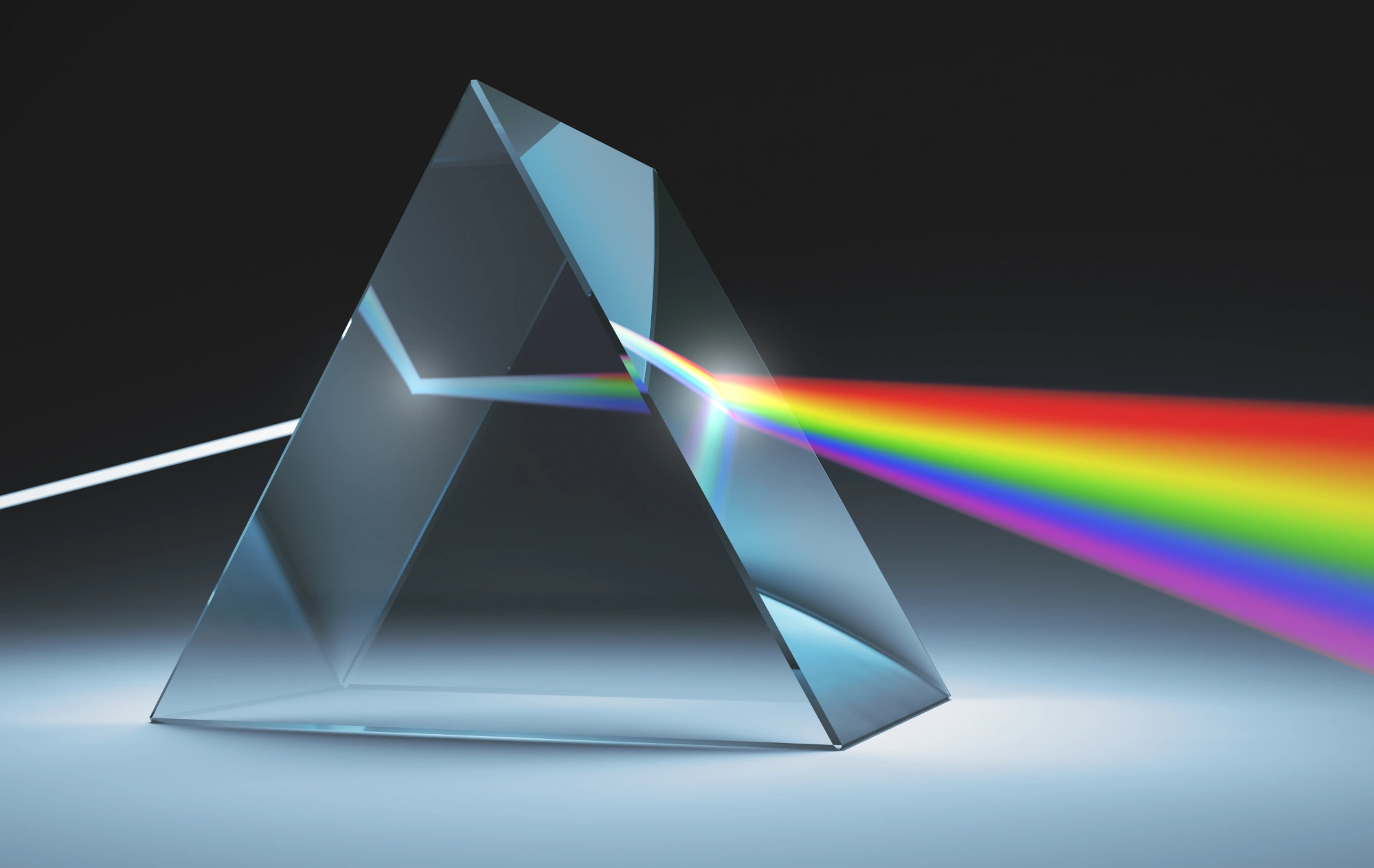Ron Blum, OD, DOS, became interested in Ocular Photo-Bio-Stimulation in 2023 when he learned of the shortage of Adderall in the United States and the millions of children and adults in need. Dr. Blum remembered previous literature research suggesting that it was possible to increase dopamine in the eye by way of using specific wavelengths of light. Upon revisiting the literature, he became amazed at the body of scientific research in the field of Ocular Photo-Bio-Stimulation. Shortly thereafter a decision was made to start NeuroRays™.
Using the NeuroRays™ non-invasive approach it is believed to be possible to minimize light exposure time, while maximizing the optogenetic effect, or equaling the light exposure time while increasing the effect. Additionally, by utilizing light to cause the generation of neurotransmitters, it is possible to bypass certain of the negative side effects of pharmaceuticals. The NeuroRays’ proprietary approach can be tuned for every light wavelength band desired. The technical approach can be used in association with one’s current eyewear, in place of one’s current eyewear, or used as a standalone therapy. Treatment time depends upon the condition being treated; however, it can be consistent with how one wears his or her eyewear daily, or for those who do not wear eyewear as little as minutes in the morning and in the afternoon.

Using the NeuroRays™ non-invasive approach it is believed to be possible to minimize light exposure time, while maximizing the optogenetic effect, or equaling the light exposure time while increasing the effect. Additionally, by utilizing light to cause the generation of neurotransmitters, it is possible to bypass certain of the negative side effects of pharmaceuticals. The NeuroRays’ proprietary approach can be tuned for every light wavelength band desired. The technical approach can be used in association with one’s current eyewear, in place of one’s current eyewear, or used as a standalone therapy. Treatment time depends upon the condition being treated; however, it can be consistent with how one wears his or her eyewear daily, or for those who do not wear eyewear as little as minutes in the morning and in the afternoon.
